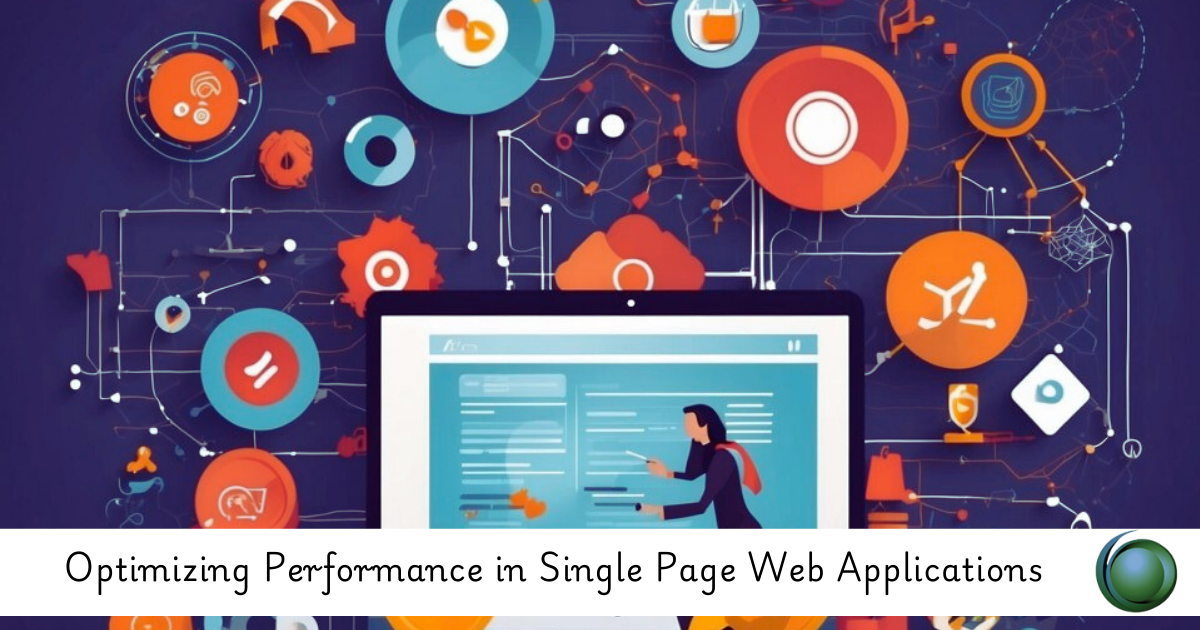Description
| Introduction of Single Page Web Applications:
In Single Page Web Applications you’ll learn to build modern browser-based apps that take advantage of stronger client platforms and more predictable bandwidth. You’ll learn the SPA design approach, and then start exploring new techniques like structured JavaScript and responsive design. And you’ll learn how to capitalize on trends like server-side JavaScript and NoSQL data stores, as well as new frameworks that make JavaScript more manageable and testable as a first-class language. Web 1.0: Sites request pages from the server one at a time. Each interaction with a page means another round-trip. Slow, awkward, and easy. Web 2.0: AJAX . Individual elements change without updating the whole page. Great idea, but a lot more work on both the server and the client. Enter the modern single page web application (SPA). With the near universal availability of capable browsers and powerful hardware, you can push most of the web application to the browser; including HTML rendering, data, and business logic. The only time a client needs to communicate with the server is to authenticate or synchronize data. This means users get a fluid, comfortable experience whether they’re surfing at their desk or using a phone app on a sketch 3G connection. Prerequisites of SPA
|







Reviews
There are no reviews yet.